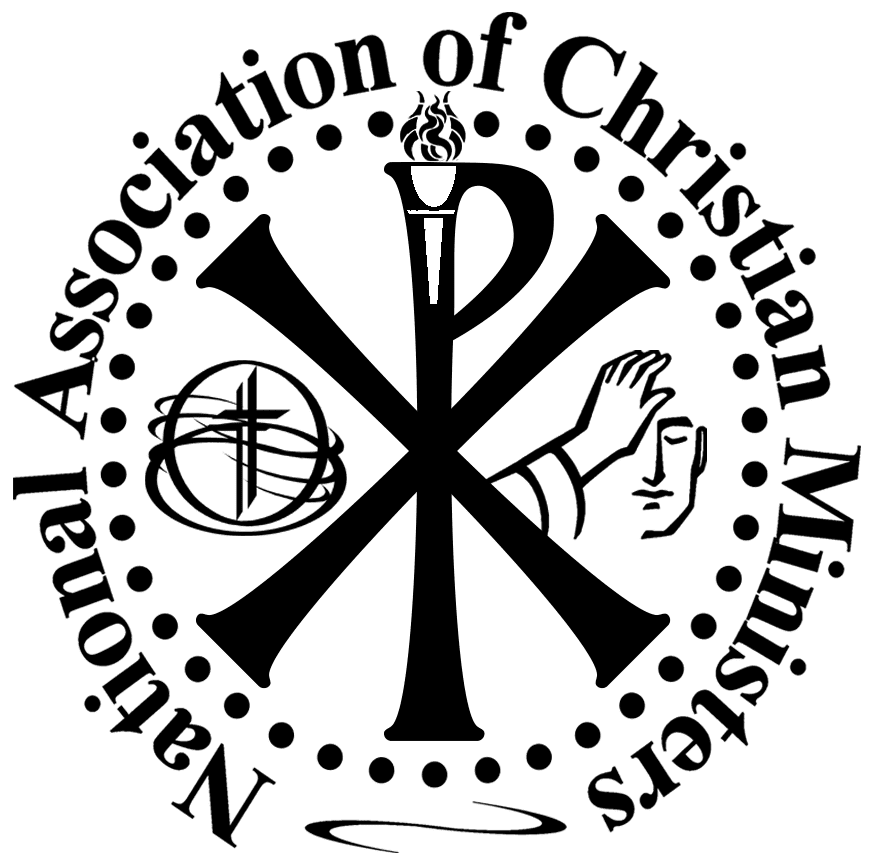
National Association of Christian Ministers Summary Series: Theology
The Festival or Feast of Unleavened Bread in the Old Testament is closely associated with the Passover and is one of the important observances in the Hebrew calendar. It is described in the Old Testament, particularly in the book of Exodus (Exodus 12:14-20, Exodus 23:15, and Leviticus 23:6-8).
The Feast of Unleavened Bread follows immediately after the Passover and lasts for seven days. It begins on the 15th day of the first month of the Hebrew calendar, Nisan (March/April), and is characterized by the following key elements:
1. Removal of Leaven: Prior to the start of the Feast, the Israelites were instructed to remove all leaven (yeast) from their homes. Leaven symbolized impurity, sin, and haste, as the Israelites had to leave Egypt quickly without time for their bread to rise. Therefore, during the Feast, all leavened products were to be eliminated from their households.
2. Consumption of Unleavened Bread: Throughout the duration of the Feast, the Israelites were to eat only unleavened bread. This bread, known as matzo, is made without yeast and is a flat, cracker-like bread. It served as a reminder of the haste with which the Israelites left Egypt and symbolized the need for spiritual purity.
3. Holy Convocations and Rest: The first day and the seventh day of the Feast of Unleavened Bread were designated as special Sabbaths or holy convocations. On these days, no regular work was to be done, and the Israelites were to gather for worship and rest. It was a time for communal gatherings, offering sacrifices, and engaging in special rituals.
4. Significance of the Feast: The Feast of Unleavened Bread served as a reminder of the Exodus from Egypt and the Israelites’ journey towards freedom and the Promised Land. It symbolized the removal of sin and impurity from their lives and the commitment to live in obedience to God’s commands.
The Feast of Unleavened Bread, along with the Passover, was a significant annual observance in the Old Testament. It emphasized the themes of redemption, deliverance, and the importance of spiritual purity. The removal of leaven and the consumption of unleavened bread during the Feast served as powerful symbols of the Israelites’ covenant relationship with God and their commitment to live in holiness.




